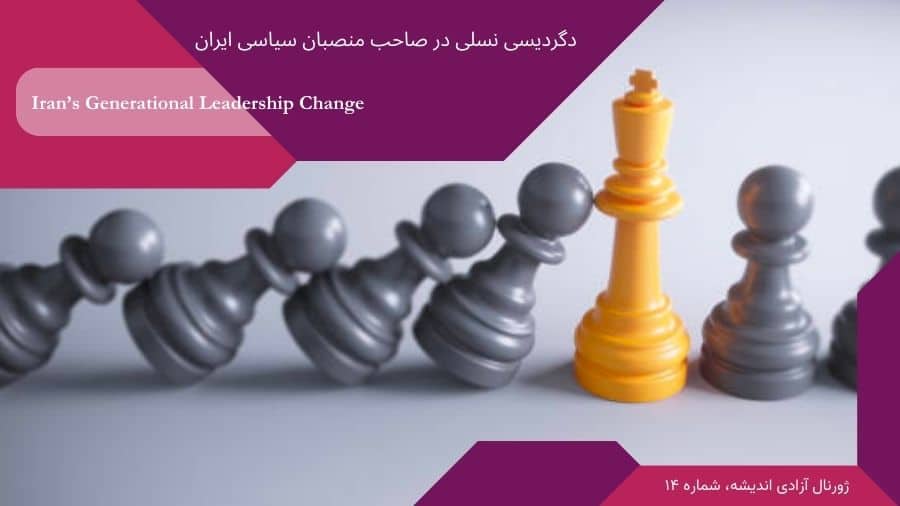Abstract:
After more than four decades of entrenched authority, this study delves into the essential leadership traits exhibited by the Iranian political elite. With a keen eye on the future, it scrutinizes the evolving landscape of leadership, forecasting transformations expected to unfold over the next five to ten years. Additionally, it scrutinizes the recruitment dynamics within the Islamic regime to discern if they are undergoing a narrowing process.
Drawing from an exhaustive empirical investigation encompassing 2,584 members of the Islamic Republic’s political elite, this article presents an array of original data points. These encompass crucial aspects such as their birthplaces, age distribution, gender composition, the occupational backgrounds of their fathers, rates of imprisonment prior to the revolution, participation in political parties, and the prevalence of clerics, war veterans, and former Revolutionary Guards members within pivotal political institutions.
Leveraging this wealth of demographic and contextual statistics, the author offers five insightful reflections concerning the impending emergence of an “ideology-lite” technocratic elite among the political echelons. This new generation of leaders is poised to grapple with the dual challenge of acknowledging and appeasing a disenchanted public, marking a pivotal juncture in Iran’s political evolution.


